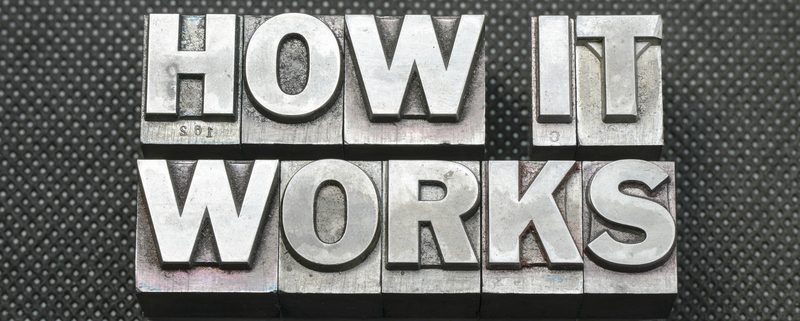Understanding How a Self-Directed IRA Works
How does a Self-Directed IRA work? It might sound like a complicated question. After all, Self-Directed IRAs aren’t what many investors are used to. Many investors are used to the employer-sponsored plan, for example, which can limit options. However, an IRA opens up all sorts of possibilities for an investor who wants more control and diversification within an IRA. And that makes it sound sort of…complicated. The good news is that a Self-Directed IRA doesn’t have to be complicated at all, especially if you understand the basics of how it works.
The Basics: Choosing a Self-Directed IRA
The first thing to understand about Self-Directed IRAs is that these aren’t a specific account type. You can use a Roth IRA, a Traditional IRA, a Solo 401(k), and more. You simply choose to “self-direct” by using this account in conjunction with a Self-Directed IRA custodian. When you work with a brokerage, for example, they carry out the role of custodian on your behalf—you just may never know it. A Self-Directed IRA is simply a more direct way of taking control of the account yourself, through this IRA custodian.
For example, let’s say you choose a Roth IRA, and you work with American IRA. As the Self-Directed IRA custodian, we can administer buy/sell orders on the account. But you’re the one who still owns and controls the Roth IRA in question. When you hear phrases like “Gold IRA” or “Real Estate IRA,” chances are that the person in question is referring to a Self-Directed style of investing that simply includes these investments. It’s not a unique account type, akin to weighing a Roth IRA compared to a Traditional IRA.
Funding a Self-Directed IRA
When you understand the section above, it will help you understand a lot of the other basic mechanics behind a Self-Directed IRA. Funding an IRA works like funding any retirement account. There are specific options you can choose from, depending on your circumstances, such as:
Direct contributions:
- This is the most straight-forward method of funding a Self-Directed IRA, and an option available to you at any time if you have not yet gone over that year’s limit. For example, you can make a Roth IRA contribution to your Self-Directed Roth IRA. Keep in mind that these contributions apply to all of your Roth IRAs—if you have two Roth IRAs, you don’t get to double your yearly amount of contributions.
Transfer:
- A transfer is an easy way of funding an account. In fact, you might not even call it funding the account, but rather moving an account from one custodian to another. A direct transfer should create no taxable events because the money never comes out of the account in the first place.
Rollover:
- A rollover is a less direct way of transferring money to a retirement account, and you’ll have to be careful to watch the rules before you create a taxable event.
Depending on your circumstances, you may be forced to choose one type of funding. For example, if you have no retirement accounts currently, you will fund a Self-Directed IRA only via direct contributions.
Is it Time for You to Choose a Self-Directed IRA?
An IRA can be a powerful way to save for retirement. It can give you all sorts of options, such as diversification and exercising more freedom and control over what assets end up in your retirement portfolio. But it also helps to be armed with knowledge as you explore the world of self-directed investing.
Interested in learning more about Self-Directed IRAs? Contact American IRA, LLC at 866-7500-IRA (472) for a free consultation. Download our free guides or visit us online at www.AmericanIRA.com.








